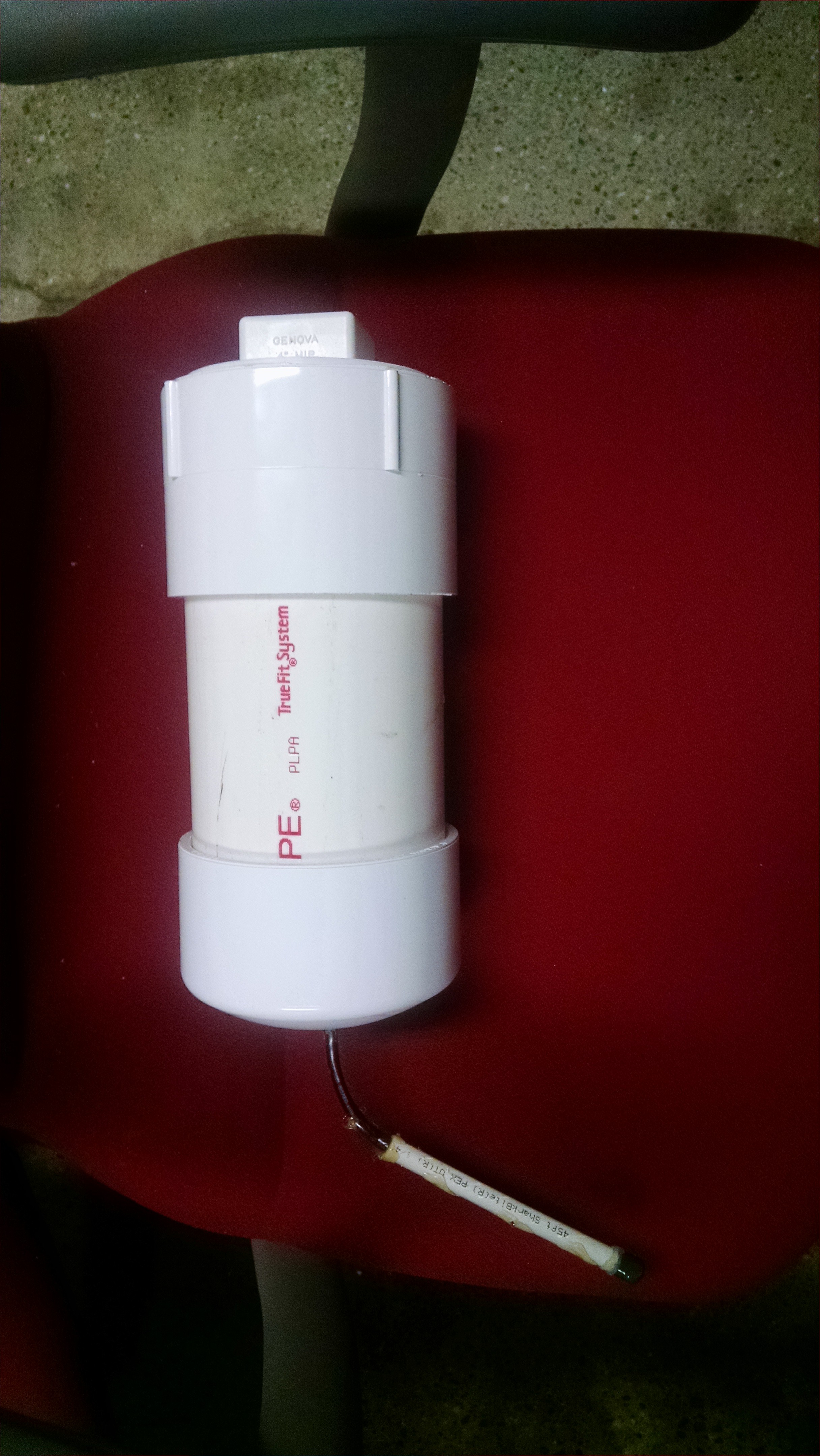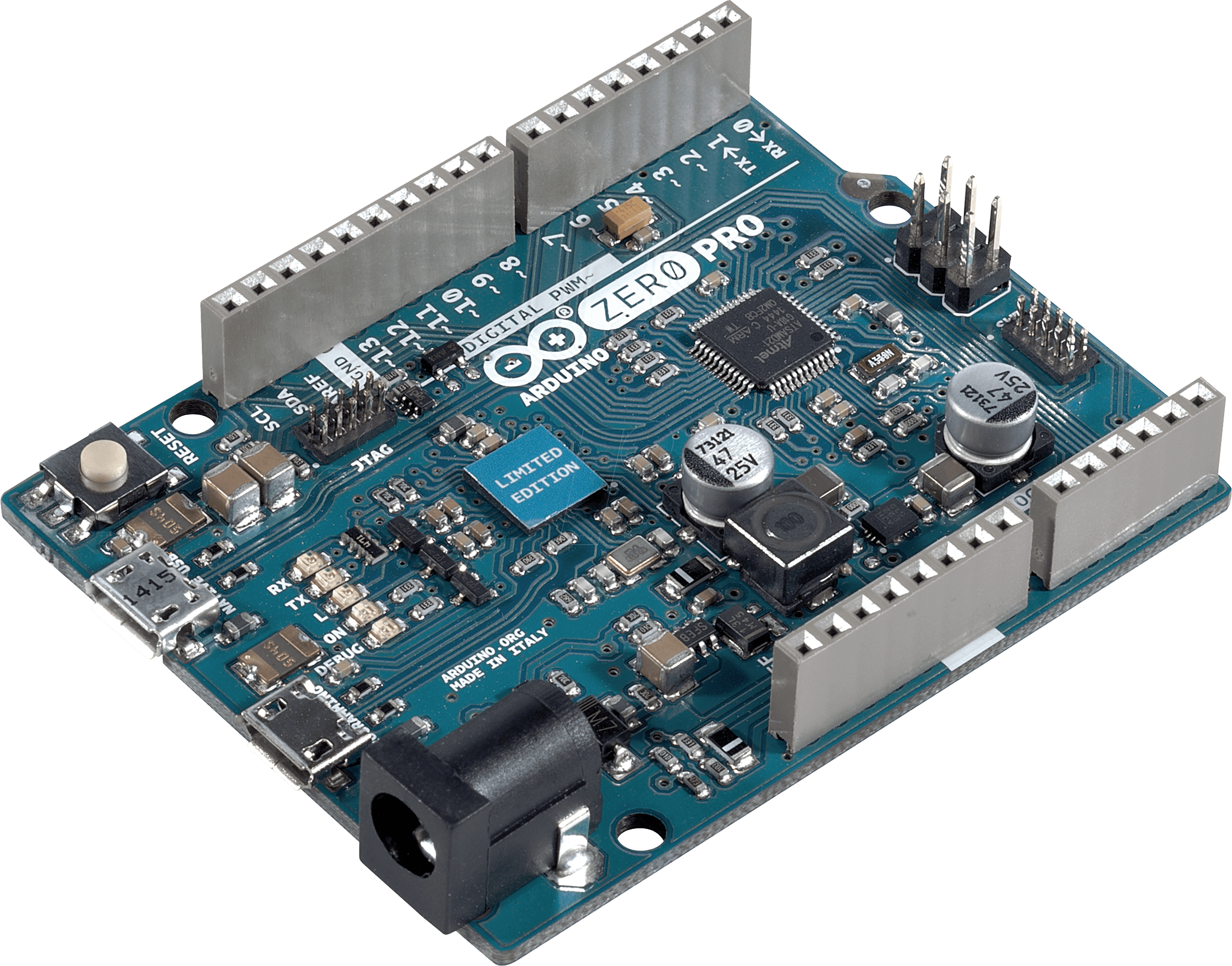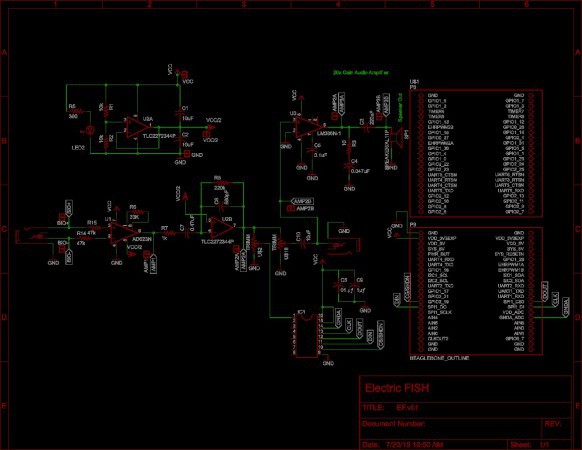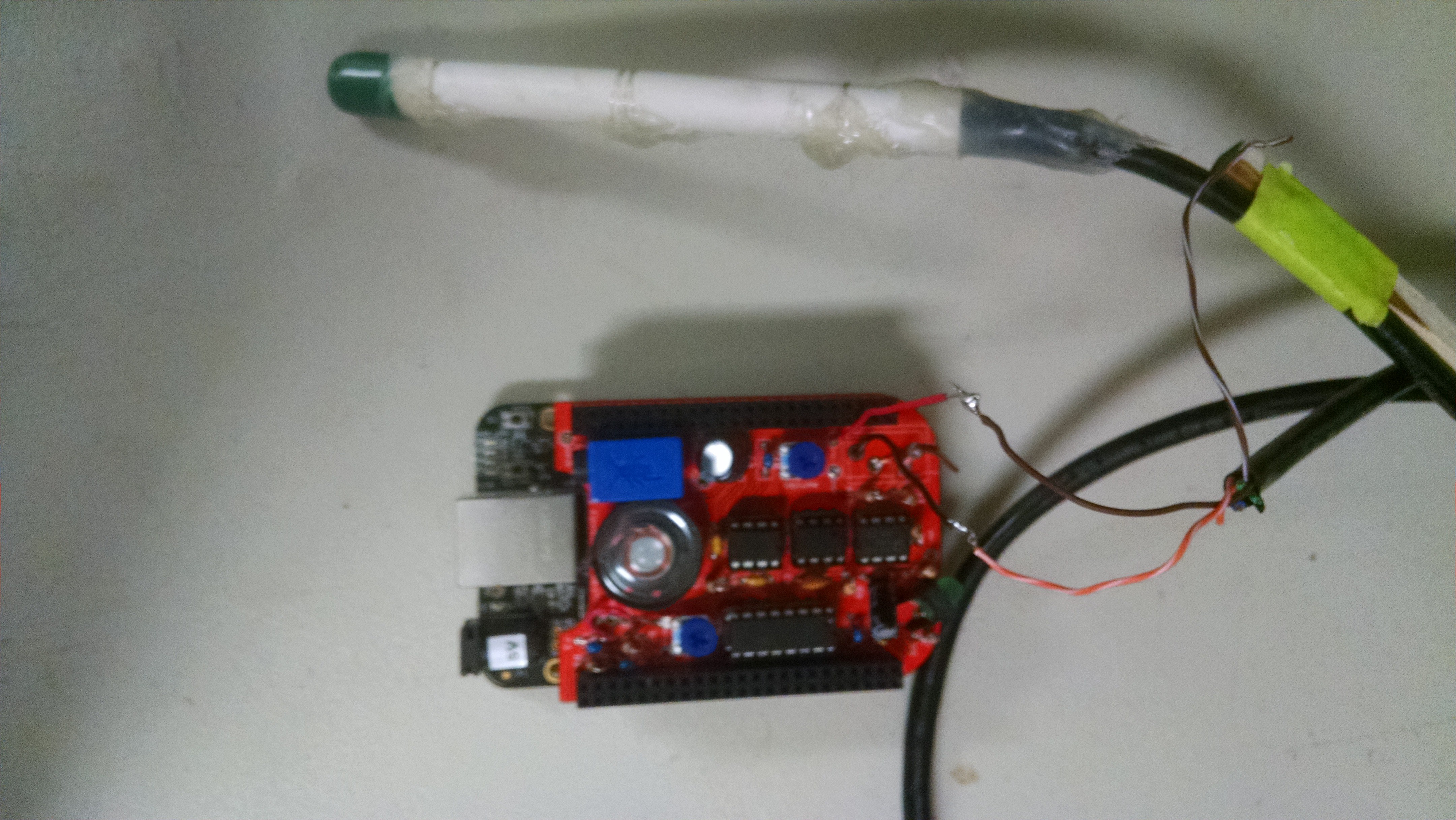-
Log #4
07/11/2016 at 13:53 • 0 commentsWe are trying to add a Temp Gauge, GPS, without having our sample rate drop. Also to make the enclosure smaller and more bouyent.
-
Log #3
07/08/2016 at 15:14 • 0 commentsWe have decided to leave out a sleep mode due to only having inbetween 10-16% of processing time before our sample rate drops below 100 kHz/second. The reason we chose 100 kHz/second is because these electric fish can produce signals up to 50us.
We have implemented a waterproof enclosure that has the Arduino Zero, and the Amplification circuit.
For the enclosure, we used a 4" PVC pipe with a cap on one side where the antenna is and a screw off cap on top to have easy access to the circuits. On one end of the PVC it is weighted to keep our probe upright in the water.
![]()
-
Log #2
07/01/2016 at 17:29 • 0 commentsWe decided to switch to the Arduino Zero for our microcontroller. Due to Beaglebones high power consumption of 2.5 Watts, it would be unrealistic to try and power this device for weeks.
![]()
We are still going to store the data on a SD card and have the Arduino Zero's built in RTC (real time clock) be used to timestamp each signal stored. The Arduino Zero will be in sleep mode and an analog device that can pick up signals will wake it from sleep mode and begin recording. This is to save power and have the device's battery last as long as possible.
-
Log #1
07/01/2016 at 15:47 • 0 commentsWe started with the Beaglebone Black with a custom shield that used a MCP3008 ADC converter and a instrumentational op-amp to pick up the signals and then feed the signal through a op-amp to amplify it further . We decided to use a Beaglebone due to its high processing rate and its Linux OS. The shield included a speaker to notify the researchers if a fish is near, and to sample the signal at 100k Hz and store the data on a SD card.
![]()
The probe was made out of a 3 1/2" long , 1/4" thick PVC pipe with a 3 wire audio cable. I used hot glue to hold everything in place, and to make sure the probe is waterproof.
![]()
After a signal is received we store it on the Sd card in hexdecimal format with a header that included the date and time of recording.
The Amazing Electric Fish Detector
Build an inexpensive probe that can monitor and record electric signals generated by weak electric fish remotely .
 nobody
nobody


